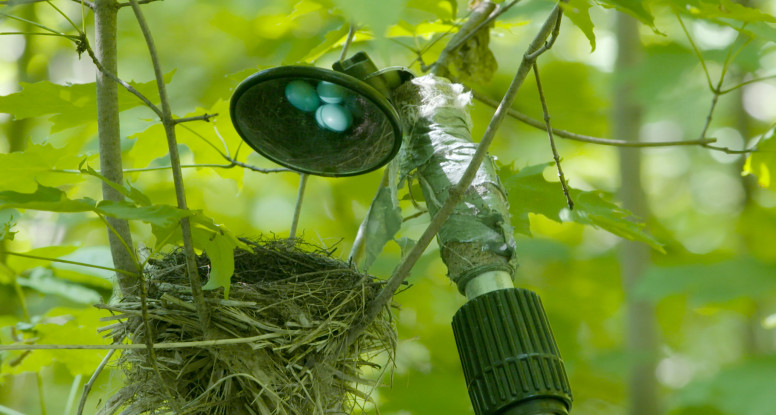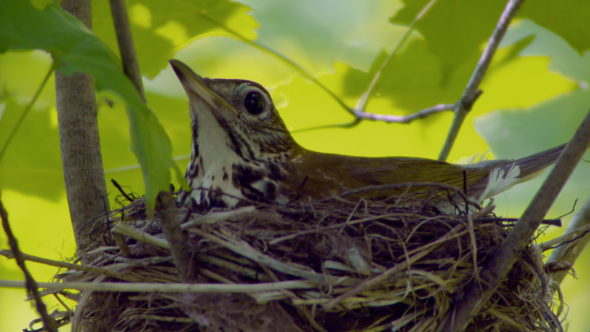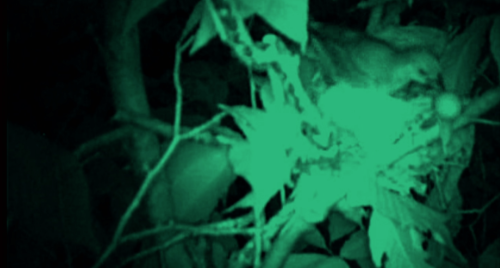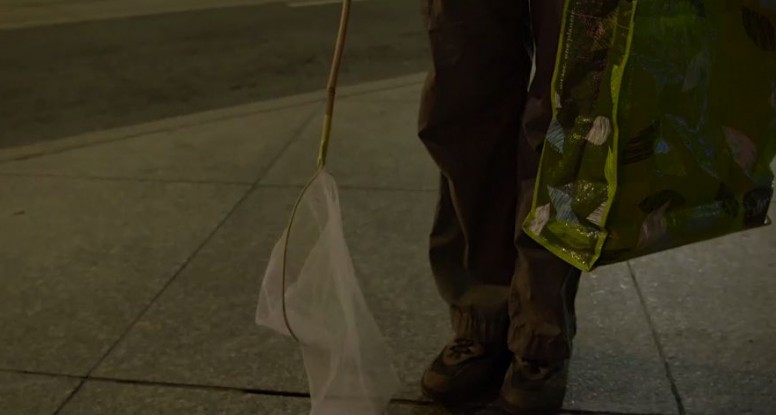This summer we have had many unusually hot days, and with the heat comes the memory of another very hot summer day when we filmed with Dr. Lyle Friesen and Dinuka Gunaratne in Waterloo, Ontario.
Dr. Lyle Friesen (formerly with Environment Canada) has been studying Wood Thrush in the region of Waterloo since 1996. These songbirds are in serious decline, but without clear answers as to why this was happening, Lyle knew he had a mystery to solve.
“Since 1970 the population of Wood Thrush in Canada has declined by 85%, that’s just an astonishing number.”
Our day of filming started with a lucky shot of a Wood Thrush on her nest. We were hoping to capture behavior so we patiently filmed this shot for a long time, waiting for this songbird to forage, wiggle, eat or sing — any action for the camera! However we ended up in a stand-off.
The Wood Thrush knew we were there and simply froze. The only movement we could see was the occasional blink of an eye. She seemed to believe that if she stayed absolutely still we would not see her. This was likely a tactic to defend her nest, which apparently is serious business for a Wood Thrush.
“We found and monitored almost 900 nests and about half of the nests fall prey to predators, yet we’ve never seen a predator at a wood thrush nest.”
Lyle and his team set up a series of infra red camera’s and installed ‘nest cams’ at the nests. Over the course of several years, Dr. Lyle Friesen documented an amazing night-time woodland drama.
We created a short video documenting the process of Lyle’s research. This video features amazing footage that reveals who the mysterious predator is, as well as their modus operandi. watch: https://youtu.be/i57Mou6HiEE8
What we learn from Lyle’s work is that the world is becoming a less friendly place for Wood Thrush. Predation in itself is a natural phenomenon, but in this case the reasons behind its dramatic increase are anthropogenic. Humans have modified the landscape and upset natures balance — with devastating consequence for Wood Thrush.






